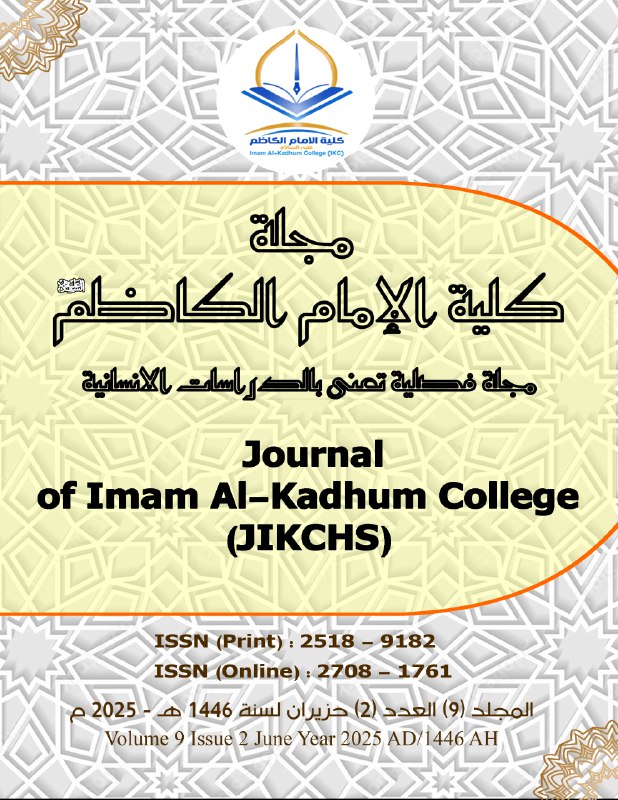Modality and Representation in BBC and CNN News on Social Distancing at the Onset of Covid-19: A Critical discourse analysis
DOI:
https://doi.org/10.61710/1dqbck61Keywords:
CDA, Covid-19, Social Distancing, Modality, Hedging, Representational Strategies, PerceptionsAbstract
The present paper is a critical discourse analysis of two online articles published in the spring of 2020, in the early days of the Covid-19 pandemic, which address the issue of social distancing in different ways.
The first article, Social distancing: How to persuade others it works, written by Martha Henriques on April 6th 2020, focuses on the challenge of convincing the population about the risks of Covid and the importance and effectiveness of following public health measures such as social distancing and self-isolation. While the second article, Why America’s social distancing efforts have had ‘painfully slow’ results, published on May 7th on the CNN website and written by Eric Levenson, mainly represents a criticism of the way in which the US government handles the crisis situation compared to other countries.
This paper attempts to look at the ways in which the authors of the two articles employ tools such as modality, including hedging, together with other representational strategies such as naming, but also transitivity in order to deliver their message and, more importantly, what effect does the usage of these instruments have when it comes to the relation between language and society and the way in which such tools impact the social status quo.
The aim of this analysis of modality, hedging, representational strategies and transitivity is to show, among others, how language is used to reveal and conceal, to express personal opinions and commitments, to soften the impact of a message, to add vagueness or, on the contrary, to increase precision, to represent various social actors in different ways, or to manipulate agency and thus, implicitly, power.
References
References
Dudley-Evans, T. 1994. “Academic text: The importance of the use and comprehension of hedges”, ASp [Online], 5-6, Online since 06 December 2013, URL: http://journals.openedition.org/asp/4054; DOI: https://doi.org/10.4000/asp.4054
Fairclough, N., Wodak. R. 1997. ‘Critical Discourse Analysis’ in T.A. van Dijk (ed.), Discourse as Social Interaction. Discourse Studies: a Multidisciplinary Introduction. Volume 2. 258-284. London: Sage Publications.
Fairclough, N. 2003. Analysing Discourse: Textual Analysis for Social Research. London: Routledge.
Henriques, M. Social distancing: How to persuade others it works. BBC, 06.04.2020. https://www.bbc.com/future/article/20200402-covid-19-how-to-convince-others-social-distancing-works
Levenson, E. Why America’s social distancing efforts have had ‘painfully slow’ results. CNN. 07.05.2020.https://edition.cnn.com/2020/05/07/us/us-social-distancing-coronavirus/index.html
Machin, D., Mayr, A. 2012. How to Do Critical Discourse Analysis. A Multimodal Introduction. London: Sage Publications Inc.
Resche, C. 2004. Investigating ’Greenspanese’: from Hedging to ’Fuzzy Transparency’ in Discourse & Society, 15(6), pp. 723-744. hal-04055407
Additional resources:
Information about BBC: https://www.bbc.co.uk/aboutthebbc/
Information about CNN: https://edition.cnn.com/about
Information about Coronavirus: https://www.who.int/news-room/fact-sheets/detail/coronavirus-disease-(covid-19)
Downloads
Published
Issue
Section
License
Copyright (c) 2025 Journal of Imam Al-Kadhim College

This work is licensed under a Creative Commons Attribution-NonCommercial-NoDerivatives 4.0 International License.




